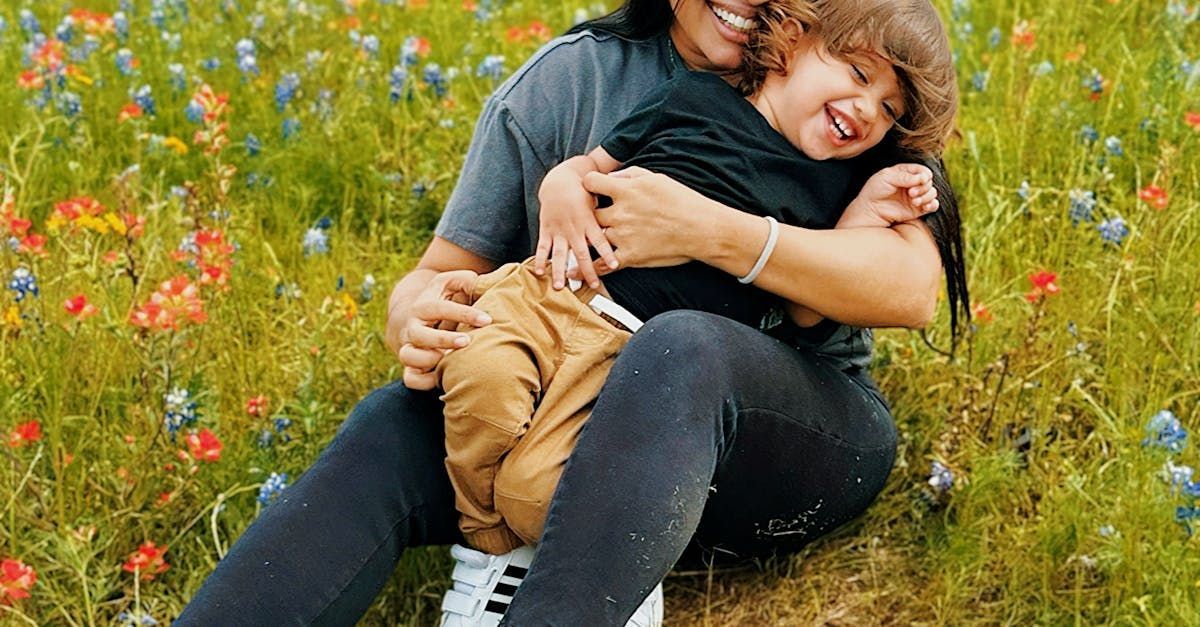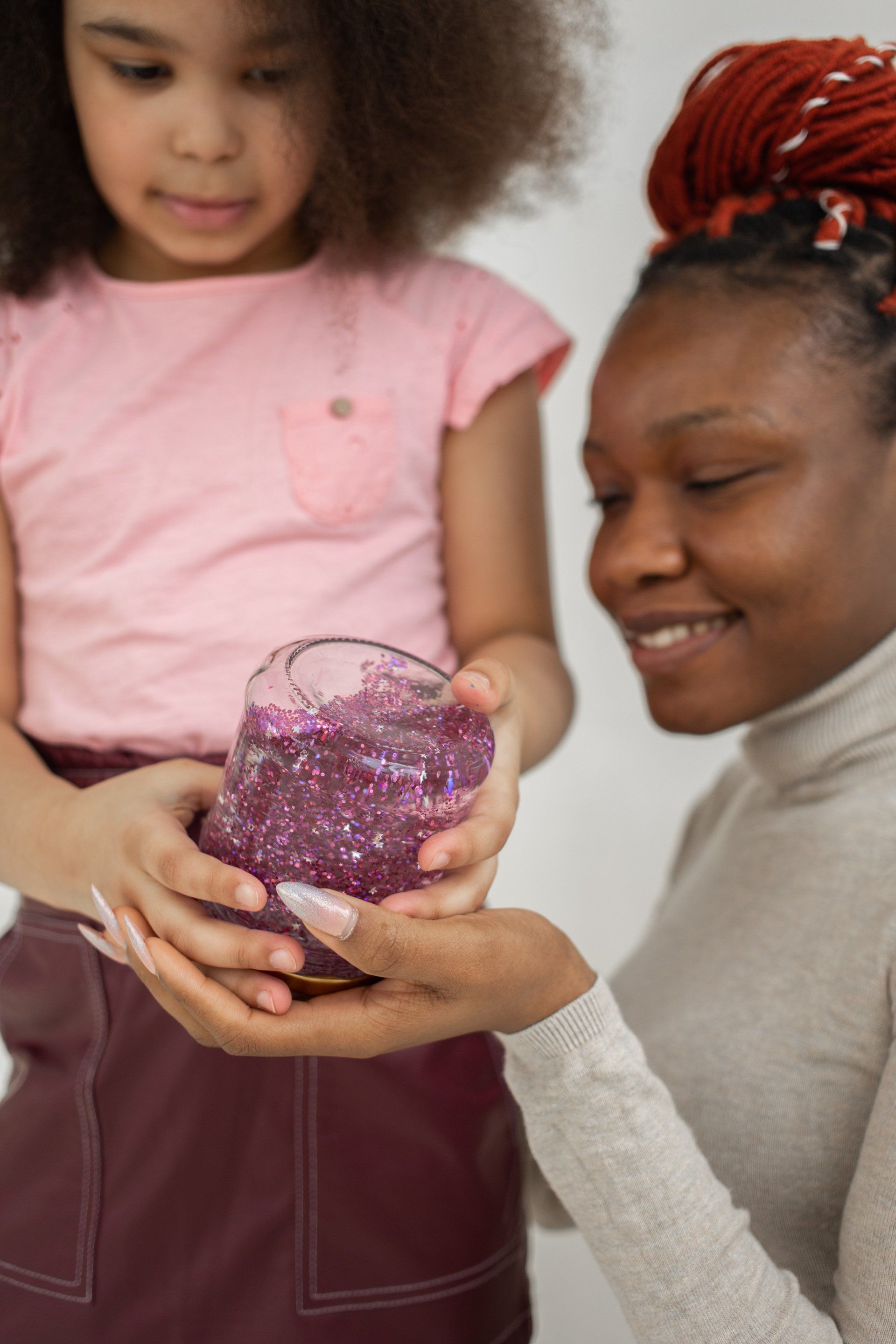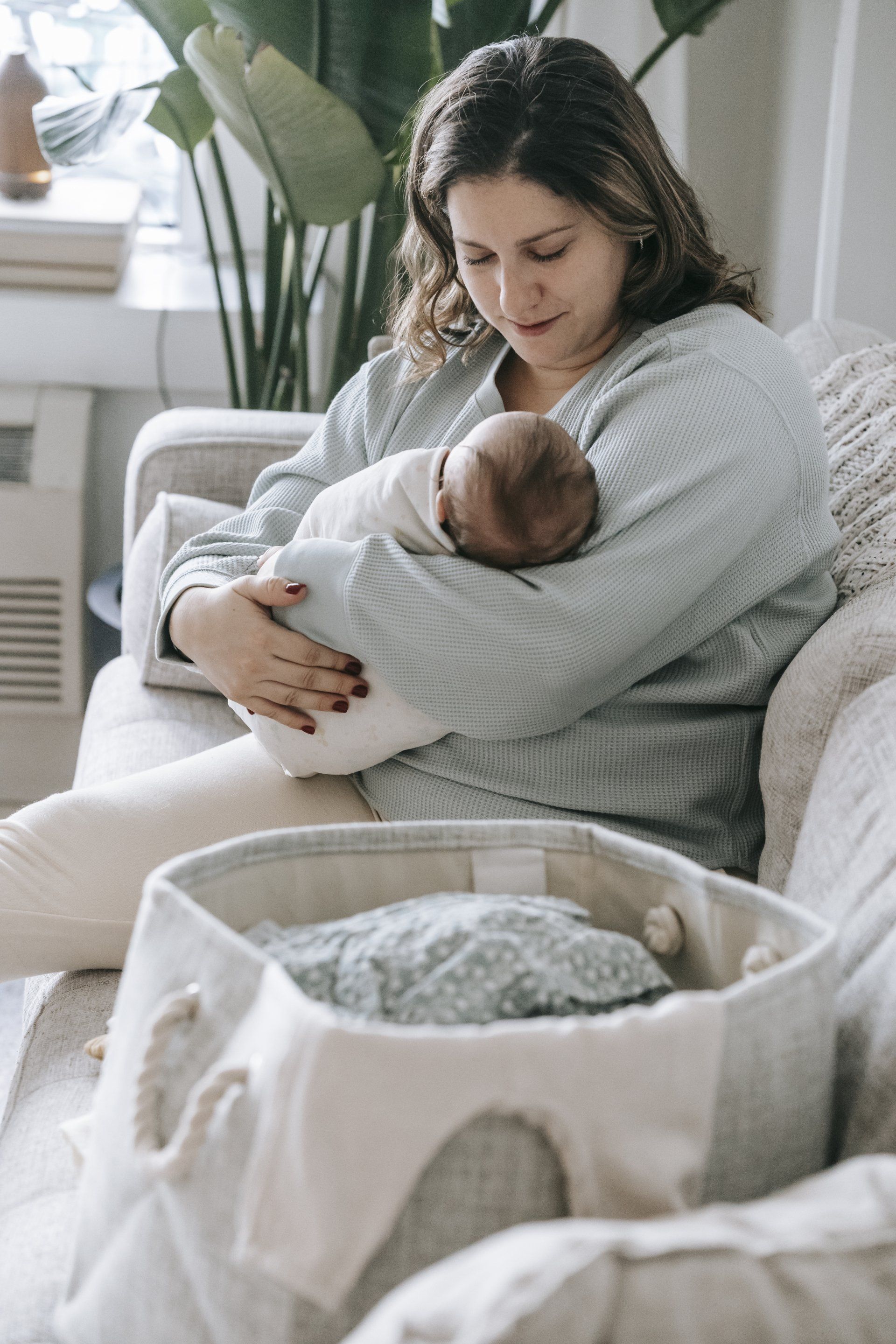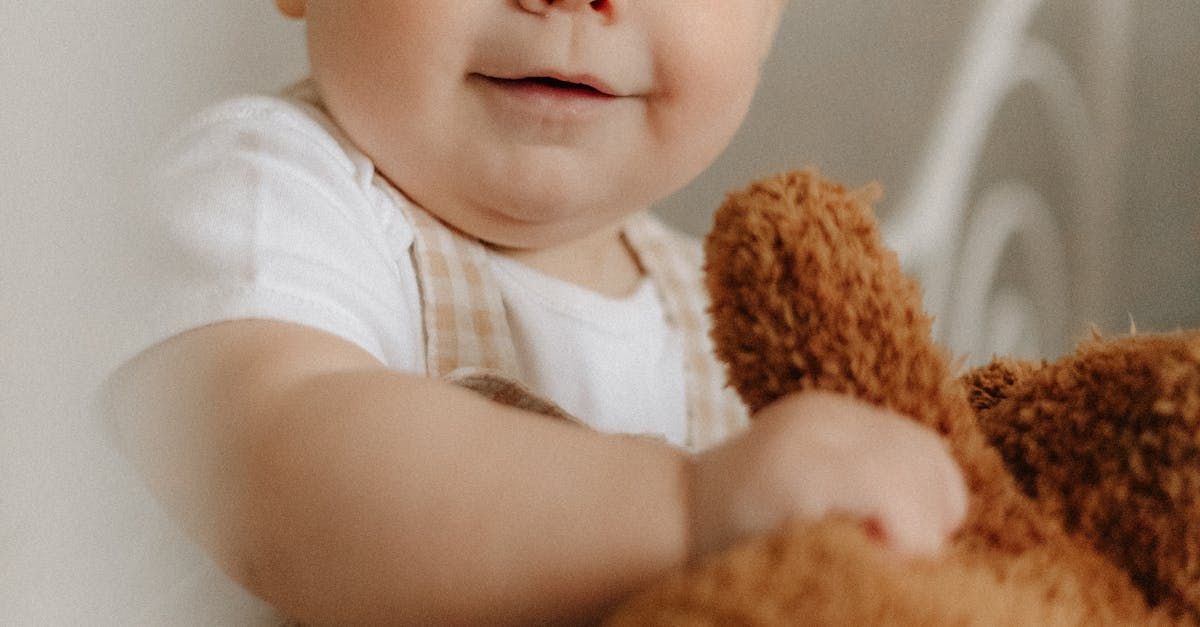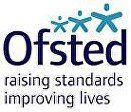Promoting Physical Fitness in Early Childhood
Promoting Physical Fitness in Early Childhood

Physical fitness is a cornerstone of early childhood development, providing countless benefits that extend far beyond physical health. For children aged 0-5, regular physical activity not only helps in developing motor skills, coordination, and balance but also plays a crucial role in cognitive and emotional growth. Encouraging young children to be active can be a delightful and rewarding experience for both parents and educators. This blog will delve into easy exercise routines and fun fitness activities that can be seamlessly incorporated into daily routines, fostering a lifelong love for movement and healthy living.
Easy Exercise Routines for Young Children
Why Exercise is Crucial for Young Children
Exercise is vital for the physical and cognitive development of young children. It enhances motor skills, improves coordination, and boosts balance, laying a strong foundation for future physical activities. Regular physical activity helps in developing strong muscles and bones, supporting cardiovascular health, and fostering a healthy weight. Beyond the physical benefits, exercise also promotes mental well-being, aiding in the development of focus, discipline, and social skills. Early introduction to physical fitness instills healthy habits that can last a lifetime, setting the stage for a healthy, active lifestyle.
Simple Daily Routines
Incorporating simple exercise routines into daily life can be both easy and fun. Start the day with morning stretches and warm-ups to get the body moving and energised. Indoor exercises like jumping jacks, dance parties, and basic stretching can be enjoyable and beneficial. These activities not only engage children physically but also help them start their day with enthusiasm. Morning exercises can include:
- Stretching: Gentle stretches to wake up the muscles and improve flexibility.
- Jumping Jacks: A fun way to get the heart pumping.
- Dance Party: Play some upbeat music and let the children dance freely, expressing themselves through movement.
Incorporating Exercise into Daily Life
Making exercise a natural part of daily activities can be very effective. For example, walking to the park, playing active games during household chores, and setting up mini obstacle courses at home can seamlessly blend physical activity into everyday routines. These practices encourage children to stay active without feeling like it's a chore. Here are some practical ideas:
Active Play During Chores: Turn household chores into fun, active games. For example, have a "clean-up race" to see who can pick up toys the fastest.
Obstacle Courses: Use pillows, chairs, and other household items to create a simple obstacle course that children can navigate, enhancing their agility and coordination.
Nature Walks: Take regular walks in nature, encouraging children to explore their surroundings and stay active.
Fun Fitness Activities for Kids
Engaging Games and Activities
To keep children interested in physical activity, it's important to make it fun. Interactive games like Simon Says, follow the leader, and obstacle courses are great for engaging young minds and bodies. Outdoor activities such as playground play, nature walks, and scavenger hunts not only promote fitness but also allow children to explore and enjoy the natural environment. Some engaging activities include:
- Simon Says: A classic game that encourages children to follow instructions and stay active.
- Follow the Leader: Children mimic the movements of the leader, enhancing their coordination and creativity.
- Scavenger Hunts: Create a list of items for children to find during a walk or in the backyard, promoting exploration and movement.
Group Activities and Team Play
Group activities offer the added benefit of social interaction. Playing games like relay races, soccer, and tag helps children develop teamwork and communication skills. These activities are not only physically beneficial but also support emotional and social development. Ideas for group activities include:
- Relay Races: Simple races that encourage teamwork and coordination.
- Soccer: A great way to improve agility, balance, and social skills.
- Tag: An energetic game that promotes running and quick thinking.
Using Props and Toys
Props and toys can make fitness activities more exciting. Balls, hula hoops, and ribbons are simple yet effective tools for encouraging movement and play. Creating DIY fitness props at home can also be a fun project for parents and children to do together, fostering creativity and engagement. Some ideas include:
- Ball Games: Use different types of balls for various activities like kicking, throwing, and catching.
- Hula Hoops: Great for improving balance and coordination.
- DIY Props: Create simple fitness props like bean bags or balance beams using household items.
Tips for Parents and Carers
Creating a Positive Environment
It's essential to create a positive and encouraging environment for physical activity. Avoid putting too much pressure on children and instead celebrate their achievements and progress, no matter how small. Positive reinforcement helps build confidence and motivation. Tips for creating a positive environment include:
- Encouragement: Offer praise and encouragement for participation and effort, not just for success.
- Variety: Keep activities varied to maintain interest and engagement.
- Involvement: Participate in activities with the children to show that fitness is fun and important.
Balancing Screen Time and Physical Activity
In today's digital age, balancing screen time with physical activity is crucial. Set limits on screen time and offer active alternatives. Using screen time as a reward for completing exercise routines can be an effective strategy to motivate children to be active. Strategies for balancing screen time include:
- Set Limits: Establish clear rules about the amount of screen time allowed each day.
- Active Alternatives: Offer engaging physical activities as alternatives to screen time.
- Rewards: Use screen time as a reward for participating in physical activities.
Safety Considerations
Safety should always be a priority when engaging children in physical activities. Ensure that the space where they exercise is safe and free from hazards. Always supervise their activities to prevent injuries and provide guidance. Safety tips include:
- Safe Space: Ensure the area is clear of obstacles and hazards.
- Proper Supervision: Always supervise children during physical activities to prevent accidents.
- Appropriate Equipment: Use age-appropriate and safe equipment for all activities.
Resources and Further Reading
Books and Guides on Child Fitness
There are numerous books and guides available that provide valuable information on promoting physical fitness in children. Some recommended titles include "The Busy Body Book" by Lizzy Rockwell and "Yoga for Kids" by Lisa Flynn. These books offer practical advice and fun ideas for keeping children active.
Online Resources and Videos
Many educational websites and YouTube channels offer excellent exercise routines for young children. Websites like GoNoodle and Cosmic Kids Yoga provide fun and interactive videos that children can follow along with. These resources make it easy to incorporate structured physical activities into daily routines.
Local Programs and Classes
Check out community centres and local organisations that offer fitness classes for young children. Programs like "Little Gym" and "Gymboree Play & Music" offer structured classes that combine fun and fitness. Participating in local programs can provide children with opportunities to interact with peers and engage in group activities.
Conclusion
Promoting physical fitness in early childhood is essential for the overall development of young children. By integrating simple exercise routines and fun activities into daily life, parents and educators can help children build healthy habits that last a lifetime. Encouraging an active lifestyle from an early age not only benefits physical health but also supports cognitive, emotional, and social development. Let’s make fitness a fun and integral part of every child’s day.
FAQ
1. Why is physical fitness important for children aged 0-5?
Physical fitness helps in the overall development of motor skills, coordination, and balance. It also promotes long-term health benefits such as preventing obesity and chronic diseases.
2. What are some simple exercise routines for young children?
Morning stretches, jumping jacks, dance parties, and walking to the park are great ways to incorporate exercise into daily routines.
3. How can I make exercise fun for my child?
Engage them in interactive games like Simon Says, playground activities, and use props like balls and hula hoops to keep them entertained.
4. How can I balance screen time with physical activity?
Set limits on screen time and offer active alternatives. Use screen time as a reward for completing exercise routines.
5. What resources are available for learning more about child fitness?
Books, online resources, educational websites, and local community programs offer valuable information and support.

